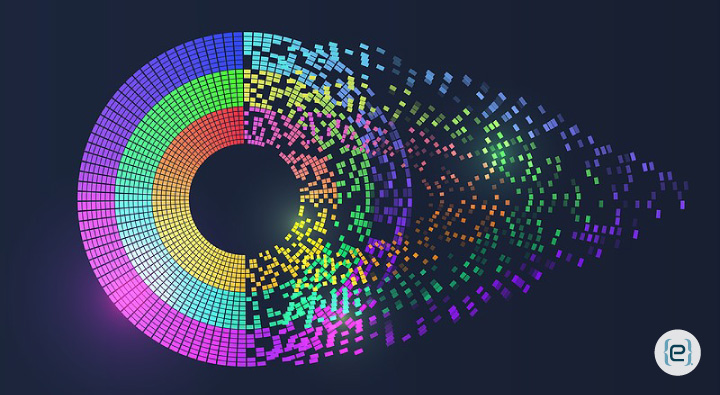The dark web conjures up images of the digital equivalent of illicit trafficking in the underbelly of society, and for good reason. This hidden part of the internet poses significant risks that legitimate organizations cannot ignore. As businesses seek solid ground in the fight against digital foes, the use of AI in battling dark web activities becomes increasingly important.
The dark web emerged over 20 years ago, providing a space for individuals and organizations to conduct business anonymously. Unlike the regular web, the dark web can only be accessed using special anonymizing tools such as the Tor network. And because traditional search engines do not index the dark web, it makes business dealings all but untraceable.
For instance, hackers retreat to the dark web to sell stolen identities, credit card numbers, and trade secrets. And shadowy marketplaces sell prepackaged kits containing all the tools a less-skilled bad actor might need to launch ransomware attacks and phishing campaigns.
However, with the emergence of AI-powered tools, cyber security experts gain tools to monitor the dark web and combat the illegal activities that occur there. With unparalleled capabilities in analysis, pattern recognition, and predictive modeling, AI forms an essential component of the cyber security toolkit.
Dark Web Monitoring
To begin with, companies should consider using dark web monitoring services to alert them when their data appears in hidden marketplaces, chat rooms, or private networks. When powered by AI, these monitoring tools offer benefits above and beyond traditional search and alert services.
Dark web monitoring tools crawl through forums and marketplaces 24/7/365, listening to digital chatter and looking for evidence. Then, by categorizing and analyzing vast quantities of content, they can identify stolen credentials, recognize signs of disgruntled employees selling sensitive data, or catch wind of planned attacks in advance.

Unmask Anonymous Actors
AI can also assist with unmasking bad actors who use the dark web to remain anonymous. For instance, AI-powered linguistic analysis techniques allow forensic teams to reconstruct cybercrimes and identify perpetrators. By analyzing context and writing style, they can profile and track individuals, uncovering hidden connections and linking them to attacks.
Deliver Predictive Insights to Drive Proactive Strategy
Successful campaigns against cyber threats depend on anticipating threats, thus allowing for preemptive action. By using historical data from the dark web, combined with statistical modeling and machine learning, AI tools can forecast potential threats such as new malware strains.
For instance, machine learning algorithms can rapidly sift through huge amounts of data in real time, filtering out the noise and homing in on patterns and anomalies that may indicate suspicious behavior. This includes tracking the digital footprints of cybercriminals or using sentiment analysis to analyze chatter in online forums.

Use of AI in Battling Dark Web Activities Also Presents Challenges
While these advancements in AI may prove essential in the fight against cybercrime, they also bring challenges. For instance, because AI tools analyzing the dark web may inadvertently expose sensitive data, it can become difficult to balance security with privacy.
Additionally, businesses must remember that the accuracy of any AI tool depends on the data used to train it. AI may produce false positives or reflect misleading biases. Consequently, security teams should pair AI tools with human oversight to validate findings and ensure ethical use.
For organizations seeking to upgrade their defenses against cyber threats simmering in the dark web, eMazzanti offers a toolkit of world-class security solutions, beginning with dark web monitoring. Contact us to discover the range of security tools available, including AI-powered solutions designed to protect your critical data and systems.
Dark Web Monitoring
Is your information on the Dark Web?
We go into the dark web to keep you out of it







